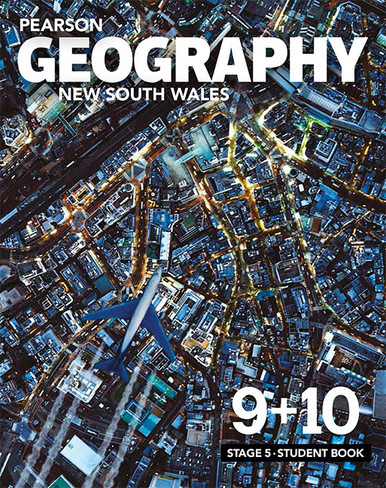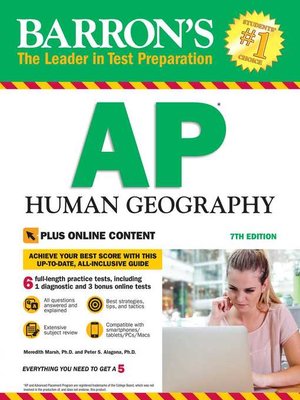

- #Pearson education ap human geography tests plus#
- #Pearson education ap human geography tests professional#
An interesting fact about his life as a geographer is that in the last 30 plus years, Max has lived at about 40°N in latitude in three different places: 6 years in Beijing, 6 years in Bloomington, Indiana, and then Manhattan, Kansas where he currently lives and teaches! His research has dealt with such topics as population migration, rural population change, regional inequality, and the geography of methamphetamine labs. He is currently a professor in the Department of Geography and Geospatial Sciences at Kansas State University. Max received his BS and Master’s degrees in China and his doctoral degree from Indiana University.

As a College Board-certified consultant, he has taught AP® Human Geography workshops and summer institutes around the country since 2007. From 2007 to 2015, Max served on the College Board’s AP® Human Geography Test Development Committee and was co-chair for the final three years of his service. Since then he has gone to the reading almost every year, filling roles as a reader, table reader, and question leader. He went to his first reading in 2003, the third year after the AP® Human Geography course was created. Max Lu has been involved in AP® Human Geography for almost 20 years. She enjoys world travel with her husband, Regan Vercruysse and taking her two English Springer Spaniels, Téo and Tessa, for long walks. Barbara is a proud Mom to her two sons, Theodore and Charles. Miller Award for Distinguished Service to Geographic Education from NCGE. For her dedication to AP® Human Geography, Barbara received the Gilbert Grosvenor Honors for Geography Education from AAG in 2008, and in 2015 was honored with the George J.
#Pearson education ap human geography tests professional#
She has presented papers at professional organizations around the world, and has published peer reviewed articles on AP® Human Geography for numerous publications. Prior to joining ETS, Barbara taught geography and anthropology at Rutgers University and Raritan Valley Community College.īarbara has organized annual professional development workshops for AP® teachers through her work with NCGE, where she currently serves on the Board of Directors. Barbara also led Development Committees, assisted Chief Readers at the annual Readings, reviewed and approved test questions, and met regularly with College Board representatives to ensure the AP® Human Geography exam met their rigorous standards. During her 20-year career with ETS, she served in myriad roles with countless responsibilities, but her first love and priority was AP® Human Geography. She continued on to serve as the Senior Assessment Director for AP® Human Geography at ETS until her retirement in 2019. Barbara started her career at ETS in 1999 as an Assessment Specialist responsible for the launch of AP® Human Geography. Module 58: Changes as a Result of the World Economyīarbara S. Module 56: Women and Economic Development Module 55: Theories and Measures of Development Unit 7: Industrial and Economic Development Patterns and Processes Module 52: Challenges of Urban Sustainability Module 49: Density, Land Use, and Infrastructure Module 48: The Internal Structure of Cities Module 47: The Size and Distribution of Cities Module 44: The Origin and Influences of Urbanization Unit 6: Cities and Urban Land-Use Patterns and Processes Module 42: Challenges of Contemporary Agriculture

Module 41: Consequences of Agricultural Practices Module 40: The Global System of Agriculture Module 38: Agricultural Practices and Economic Forces

Module 36: The Second Agricultural Revolution Module 35: Agriculture Origins and Diffusions Module 34: Settlement Patterns and Survey Methods Unit 5: Agriculture and Rural Land-Use Patterns and Processes Module 32: Consequences of Centrifugal and Centripetal Forces Module 31: Challenges to State Sovereignty: Module 28: Types and Functions of Political Boundaries Module 27: Political Power and Territoriality Module 25: Introduction to Political Geography Module 23: Diffusion of Language and Religion Module 22: Contemporary Causes of Diffusion Module 21: Types of Diffusion and Their Historical Causes Module 16: Forced and Voluntary Migration Module 10: The Demographic Transition Model Module 7: Population Distribution and Its Consequences Unit 2: Population and Migration Patterns and Processes Module 4: Human-Environmental Interaction Module 3: Spatial Concepts and Types of Diffusion Module 0: An Introduction to Human Geography


 0 kommentar(er)
0 kommentar(er)
